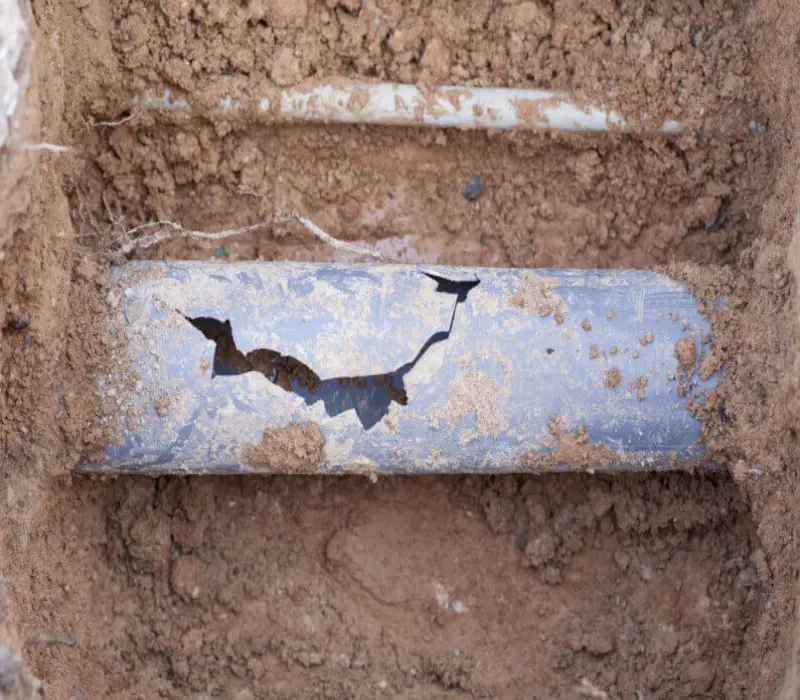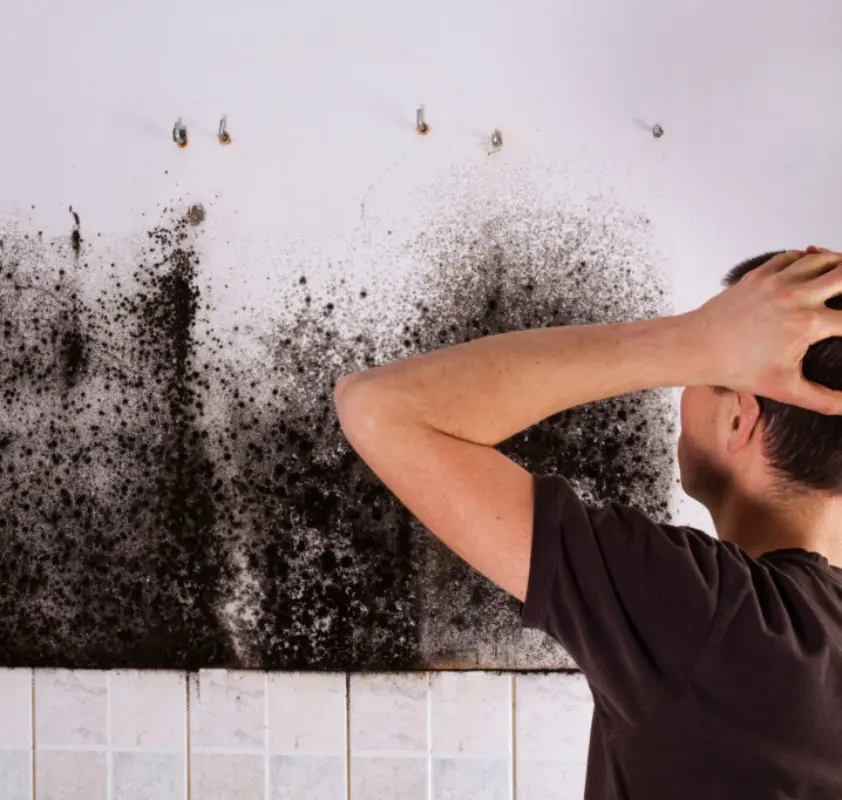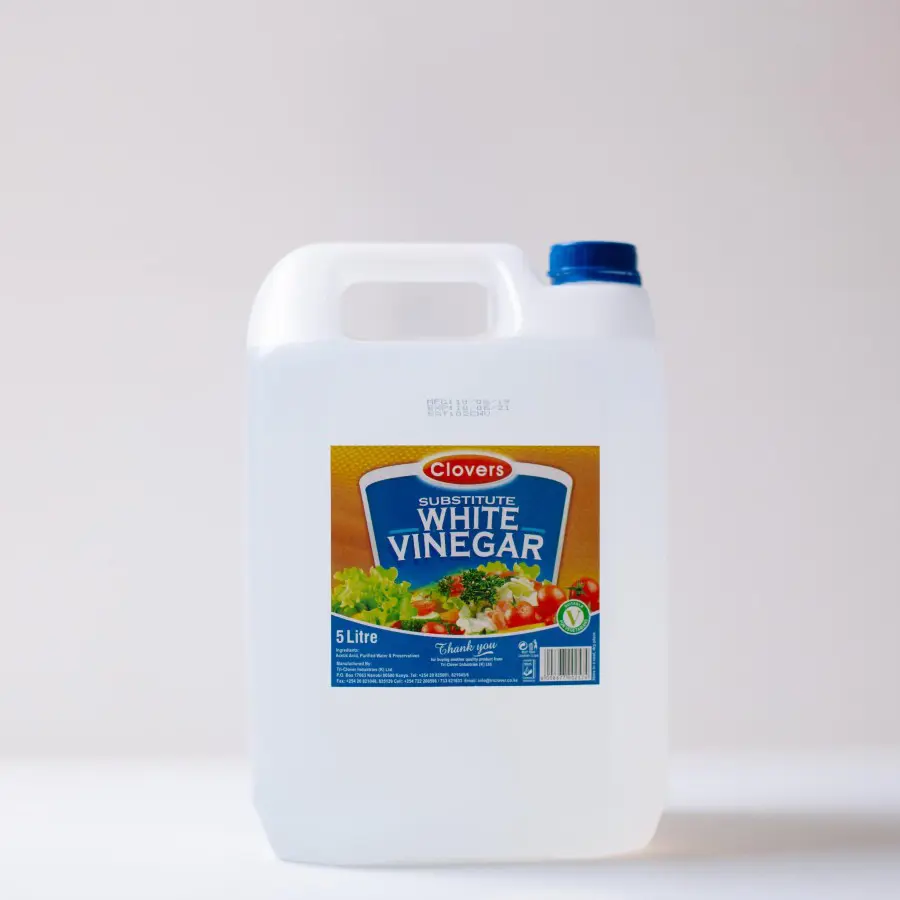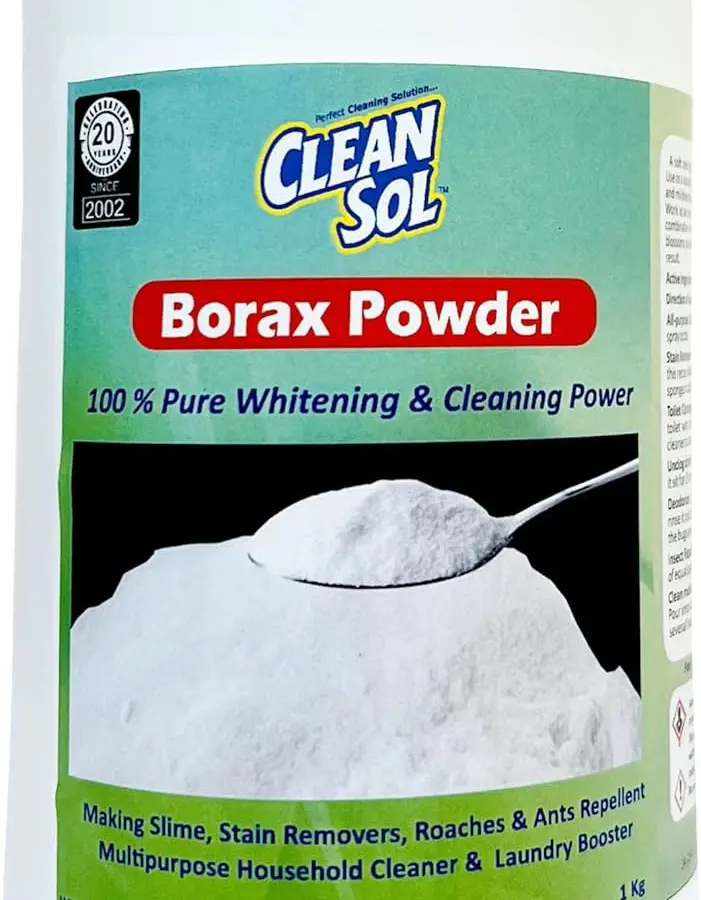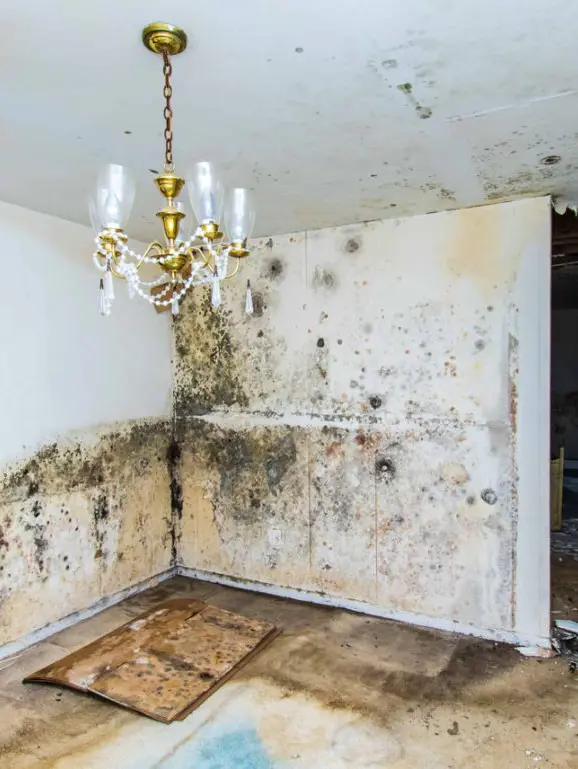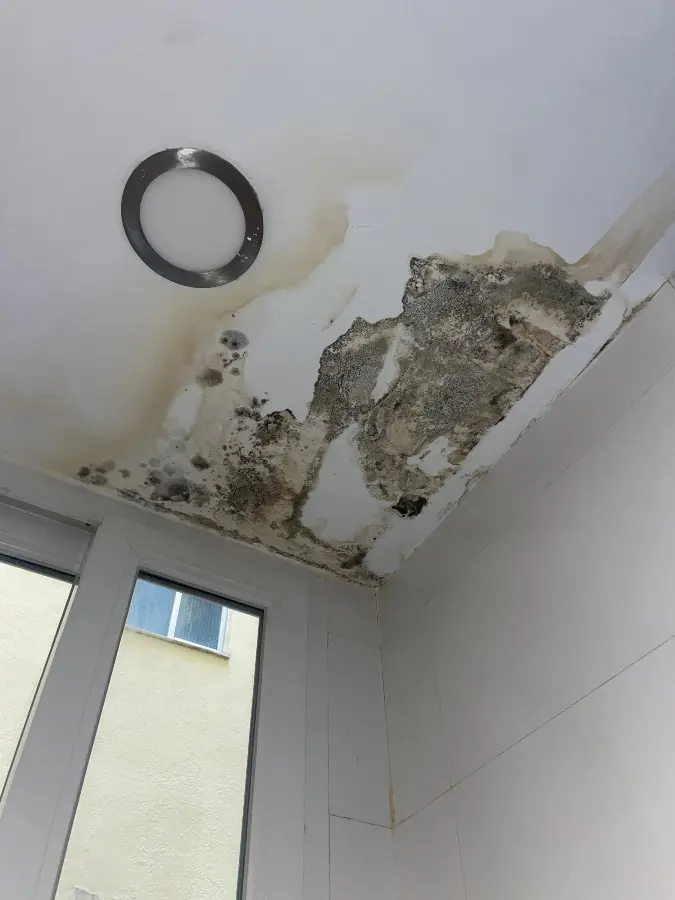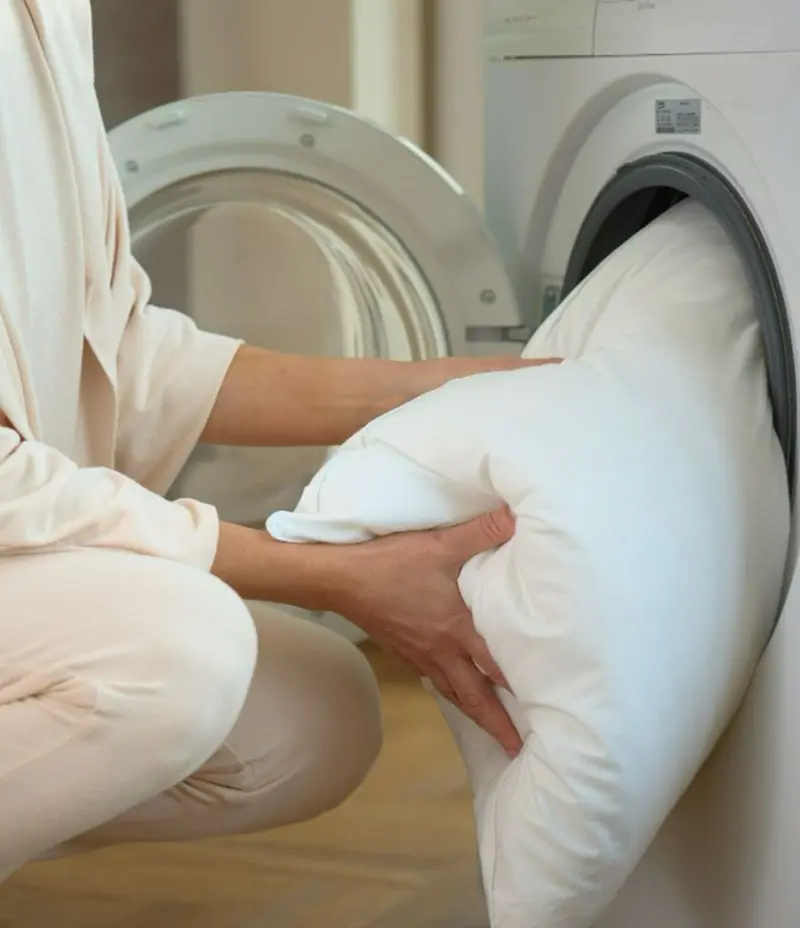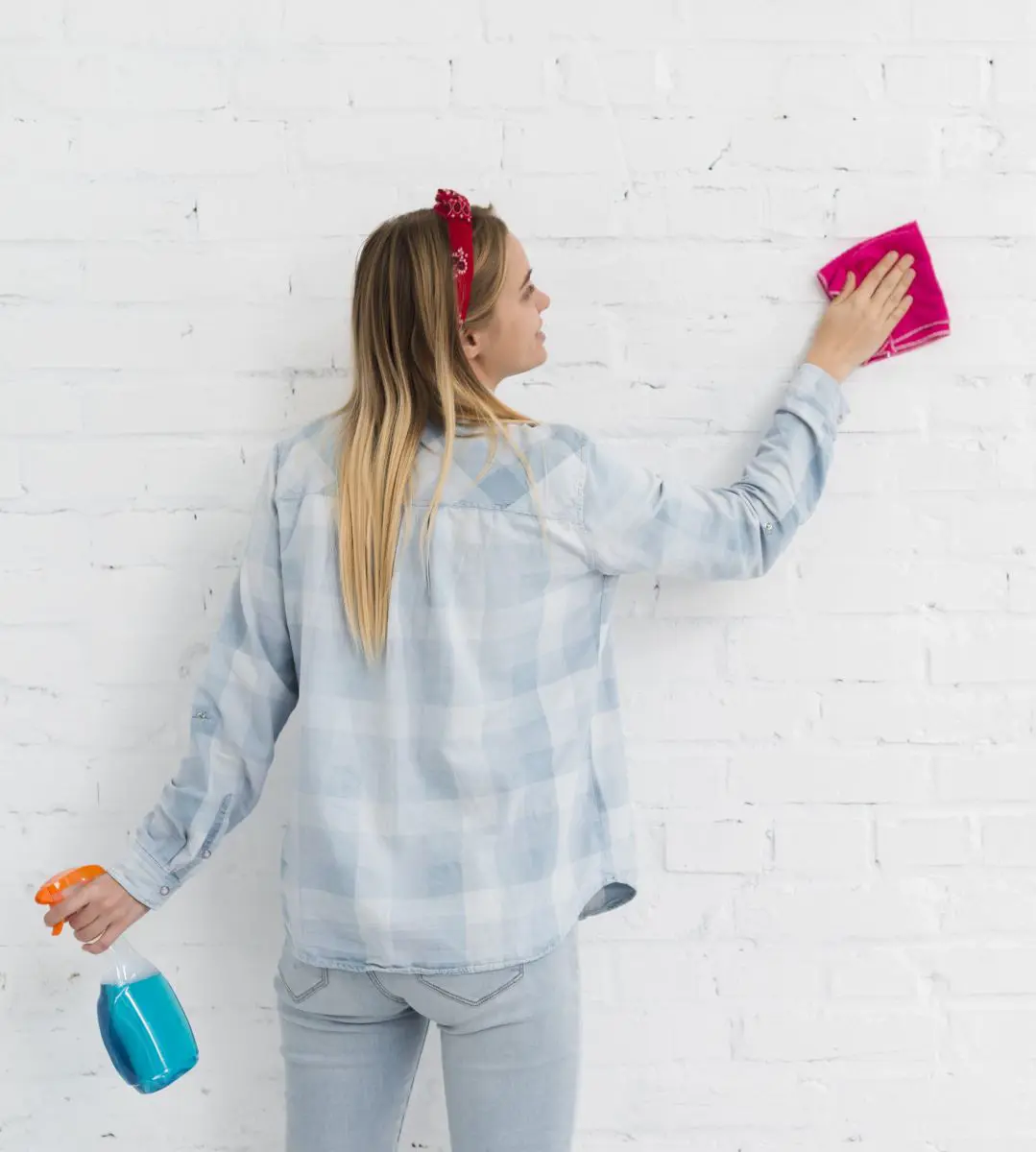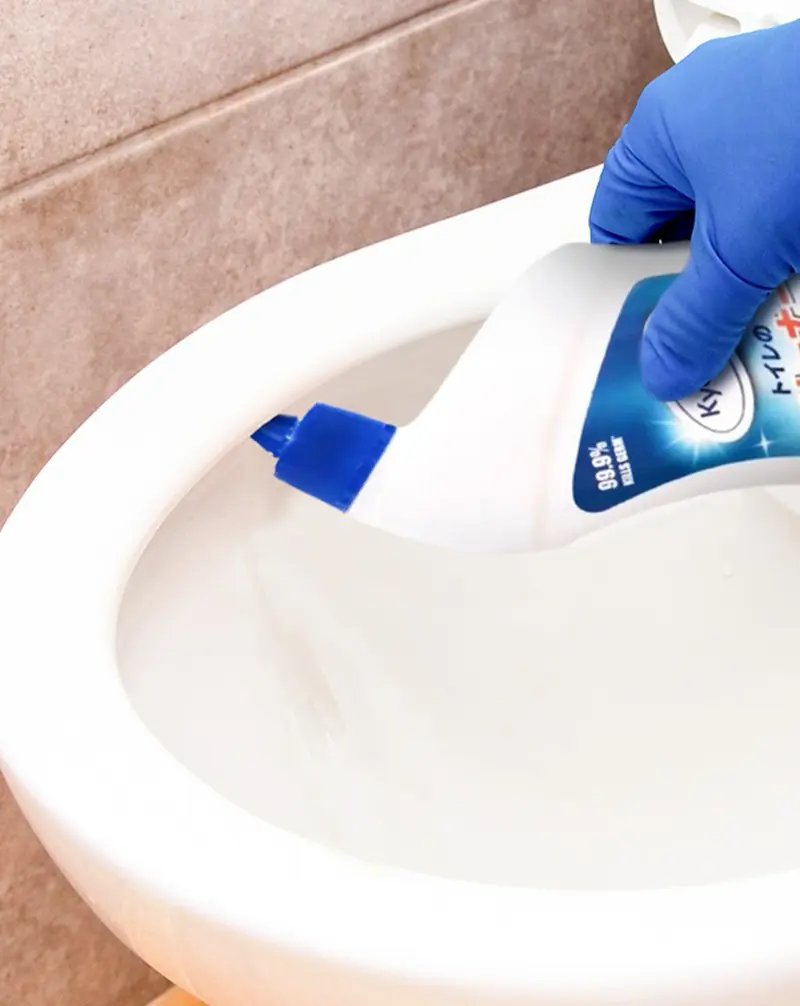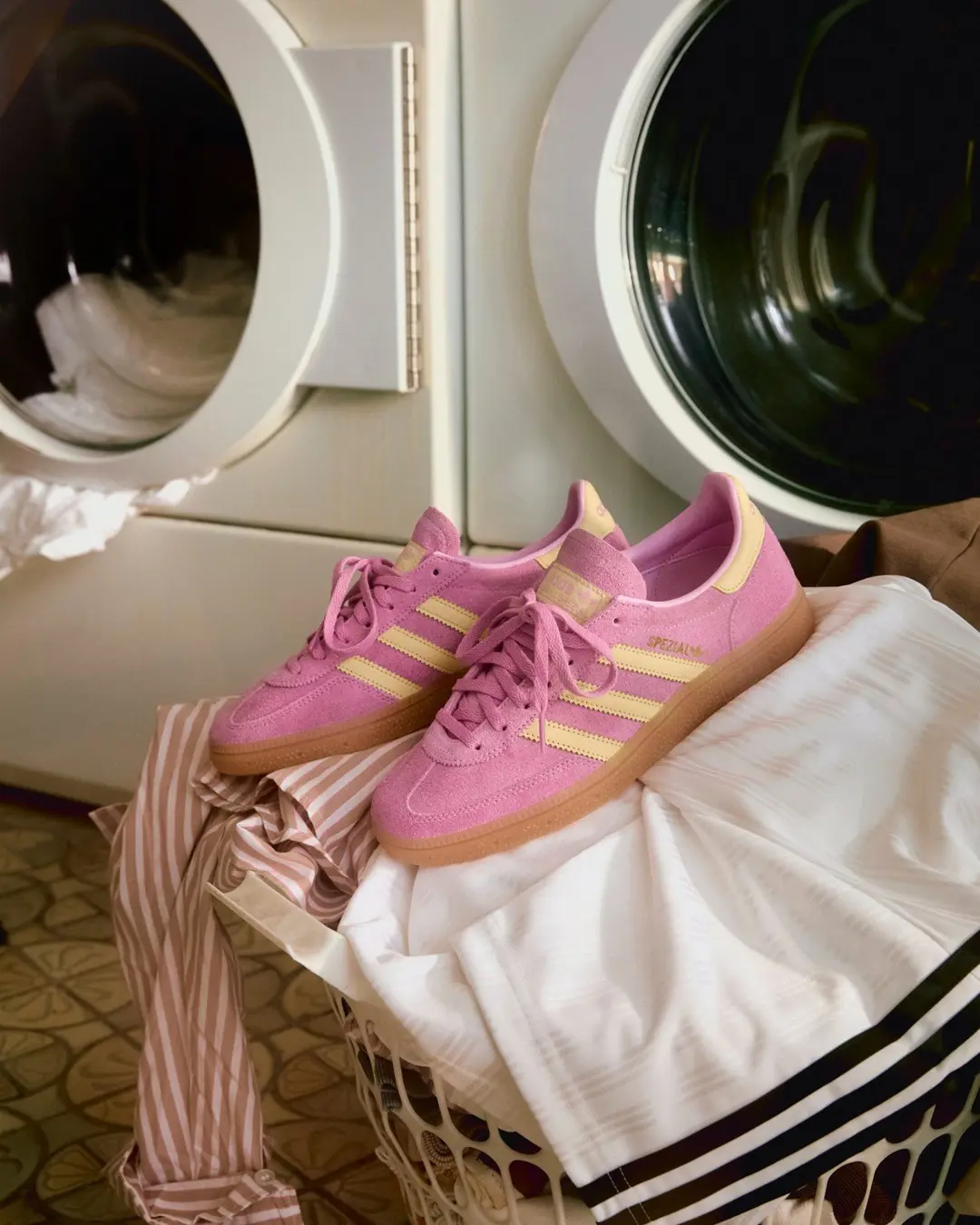The first and most obvious sign is mold in a household. Mold can be black, green, or white, depending on the type and environment in which it grows. Most often, it leaves slimy patches on the wall or any place with moisture.
The presence of visible mold is also an underlying issue of the moisture problem that needs to be addressed. Upon discovering visible mold, immediate action is essential, as it can release spores into the air.
Musty Odor
The next thing is that you have had an unpleasant and musty smell in your home for a while. This smell can easily be a sign of the presence of mold, even if it is not visible. Mold can emit a distinct, damp odor that can easily cross through the walls and floors and make it hard to ignore.
If you notice any signs of such a smell, look for unwanted mold in the accessible area. Address the source thoroughly and try your best to find the source of mold.
Dark Spots on Surfaces
When you follow the smell and find the dark spots, it is a sign of mold growth. These spots appear on surfaces in damp places. They can easily spread over a longer period and suggest ongoing mold growth.
To determine if the dark spots are indeed mold, one can inspect their texture; mold is usually soft and slimy to the touch, and it can often be smeared when rubbed.
A simple test to confirm the presence of mold involves applying a few drops of diluted bleach to the area. If the stain lightens after a few minutes, it is mold; if it remains dark, it may be dirt or another type of discoloration.
It might be one of the signs, but it's not an obvious one. Peeling wallpaper happens due to moisture buildup and mold growth behind the wallpaper. Moisture can cause mold growth, as mold thrives in damp environments.
As the mold develops, it can cause the adhesive holding the wallpaper to weaken, leading to peeling or bubbling effects. If you notice these signs, it's essential to investigate further to check both the moisture issue and the mold growth to prevent damage.
Allergic Reactions
As you touch the mold, your skin may have a slight to extensive allergic reaction, with further symptoms like sneezing, runny nose, watery eyes, and skin irritation. These are the symptoms that are observed when one is exposed to mold.
Furthermore, pre-existing allergic conditions can increase. When the case becomes worse, it is an obvious sign of mold presence. Apart from that, a person with a severe allergy condition can trigger respiratory problems that may require the help of medical professionals.
